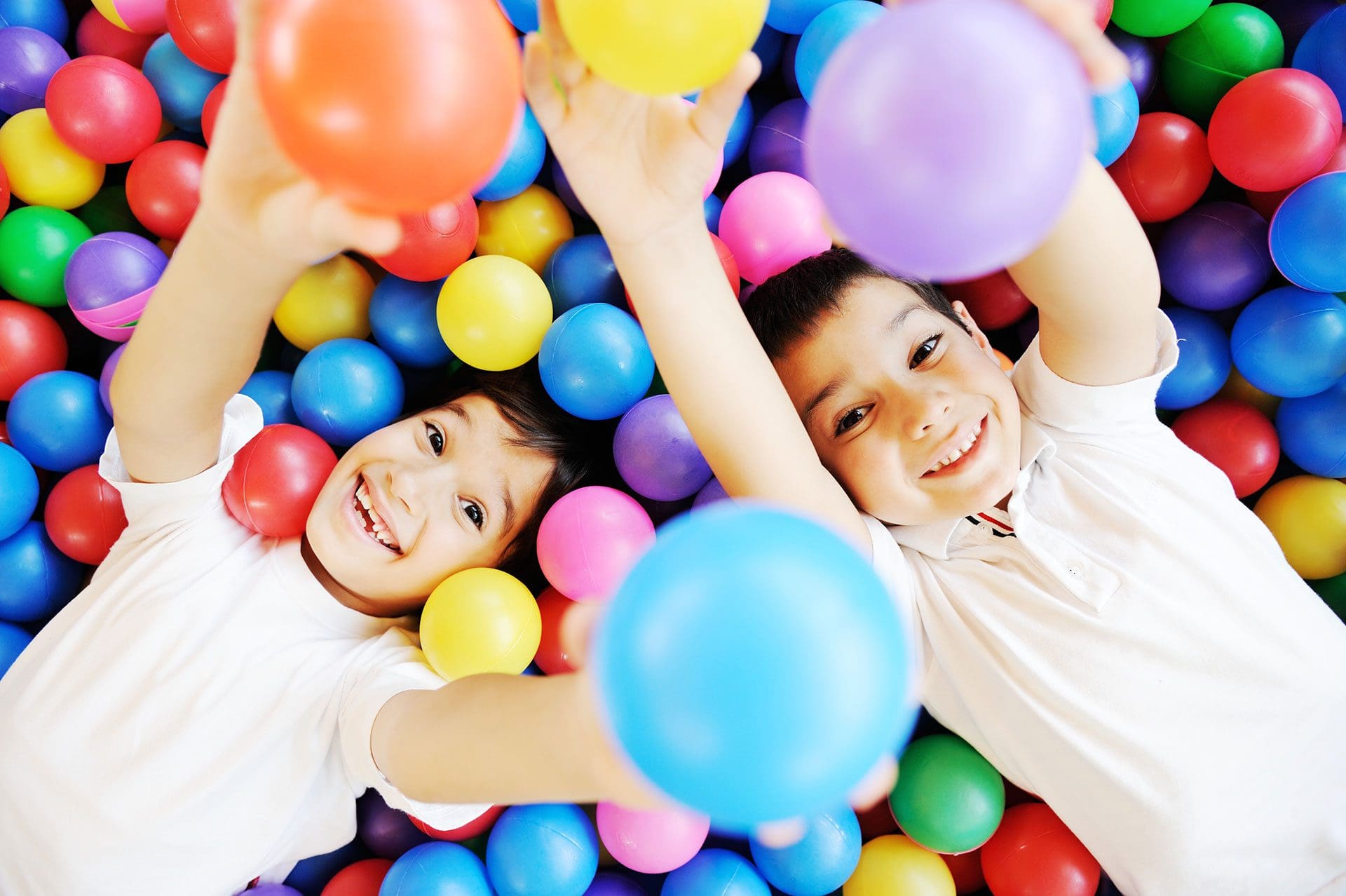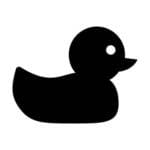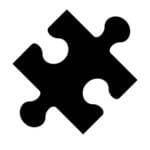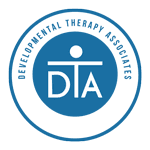
As our Annual Fall Speech and Language Screenings come to an end, I find myself advertising our services to the parents by saying, “our office offers play-based speech-language therapy services… sometimes the children don’t even realize how much they are learning!” This leads to the question… What is play-based therapy? What does that REALLY mean?
As a therapist that primarily provides speech-language therapy services at daycares/preschools it occurs to me that people often pass me in the hallway and see the children playing board games, blowing bubbles, building with blocks, engaging in pretend play, playing on an iPad, etc. It looks as if I’m just playing with the kids and not teaching… But it’s so much more than that!!! The kids are having fun while playing AND learning at the same time. Play is such a powerful tool to help develop a variety of skills, particularly language.![]()
A few tips to help use PLAY to facilitate communication:
- Be silly! Have fun! The child will follow your lead. Use animated facial expression to promote oral motor awareness (uh-oh, whoa, etc.) It also helps to keep the child’s attention longer. The “GASP” is my favorite trick to use. When the child hears the “gasp” it automatically catches their attention. Using dramatic gestures, actions, and expressions, which can easily be imitated by the young child and assist with language development.

- Model! Model! Model! Use “KEY” words as you are playing including nouns, prepositions, adjectives, actions/verbs, and core vocabulary to encourage the child to verbalize. For example, if you are playing with cars use “key” terms such as stop, go, fast, on the road, big/small car, red car, my car, your car, etc. Narrate your actions to your child (i.e. “I’m making the car go fast! I want the red car to go faster!!”) Narrate your child’s actions (i.e. You have a blue car. The blue car is ON the road, etc.) Repeat the core words that your child may be saying to reinforce that their message has been understood (i.e. Yes, it is a car. The car is going! Good job saying “Car!”)

- Use sabotage situations. Put a favorite toy nearby, but just out of reach. The child will be forced to use a sign, gesture or word to request for help to obtain the toy of their choice.

- Use Positive reinforcement. This is particularly helpful when providing articulation/speech sound production therapy. How dull it would be to label and repeat words over and over again. Why not motivate them with a game or toy to encourage their participation? For example, have the child label 5 picture cards with their target sound, each time they say a target word they earn 5 sticks to add to the game “Kerplunk.” Once all sticks have been added, have the child earn the marbles by producing additional target words. Once all pieces of the game have been collected, then you get to play the game… the ultimate reward!

- Choose games wisely. Think about the child’s goals. Perhaps it’s a non-verbal 2-year old… Candy Land would not be appropriate. Instead use a pretend farm game and encourage oral motor awareness as you produce animal sounds together. Vice versa a farm game would not be desirable to a 7-year old child working on their /r/ sound. Maybe they’d prefer to play Jenga or Chutes N Ladders. Toy selection is of the upmost importance when engaging in play-based therapy.

Play therapy provides your child the opportunity to learn and communicate in a way that is simply put… “fun!” Parents/caregivers think back to your favorite educational moment… I guarantee the teacher utilized some form of play and to this day you remember the skill. Why? Because you were having fun!![]()
